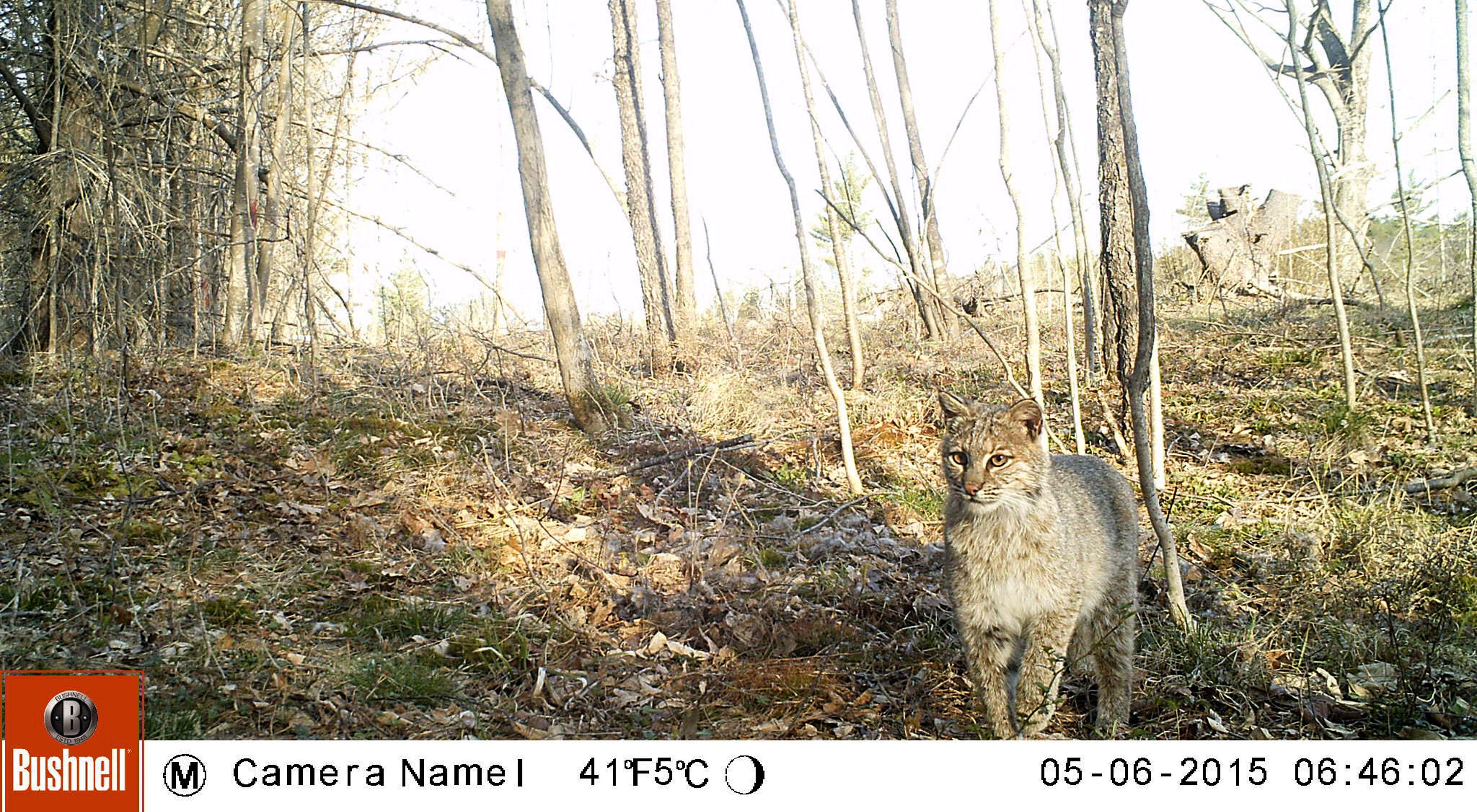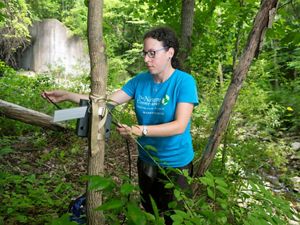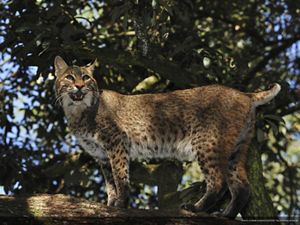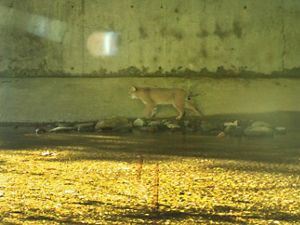It's a (Camera) Trap!
A familiar device helps find new ways to connect landscapes for communities of wildlife.
Imagine you’re a red fox, complete with bushy tail and pointed ears. You’re standing on one side of Route 3 in Groveton, hoping to cross the road in search of ripe berries, tasty crickets and delectable mice for your kits back in their den. It’s a virtual smorgasbord—if you can get to it safely. Crossing the road becomes a real-life game of Frogger.
Groveton is in the heart of New Hampshire’s Great North Woods—part of the vast Northern Appalachians—which is a special place for wildlife on the move. It’s largely unfragmented, providing excellent habitat for wide-ranging mammals like bobcat and black bear. But with increasing development and busier roads, how can we help keep these lands connected and give these creatures room to roam in search of food, mates and more?
Bridging the Gaps
Through sophisticated mapping and modeling as part of the Staying Connected Initiative, we’ve already identified the connecting habitats that best bridge the gaps between large swaths of protected lands to maintain opportunities for wildlife to move. In northern New Hampshire, these gaps tend to consist of river valleys with transportation corridors. The Connecticut River Valley and US Route 3 corridor are the most prominent. With all the potential spots for wildlife to cross, how do we prioritize where to concentrate our efforts and resources to maintain and enhance wildlife movement pathways? Where are animals really crossing?
Say “Cheese” for Research
Enter a device so common you probably have one in your home (or even on your phone): the camera.
With your support, we deployed more than 30 motion-sensing cameras along stretches of Route 3 where we thought wildlife is most likely to cross the road and some where we were not so sure. These camera “traps” snapped a photo (or, in some cases, video) when a critter passed by. The data collected from these cameras helped us to assess:
- Where wildlife are approaching and crossing Route 3, and in what concentrations;
- What species are moving through particular areas and habitat types;
- What measures can be deployed at the busiest wildlife crossing areas to help facilitate safe crossings—for both motorists and wildlife.
These cameras capture thousands of images a month—images ranging from giant moose to the occasional wandering house cat. So while the process isn’t foolproof, the cameras provide verifying data to support or dispute our modeling assumptions and will ultimately help us to prioritize the best possible opportunities to protect some of the last remaining undeveloped road-front areas that wildlife rely upon to approach and cross roads. The study will also inform where we might work together with partners like the New Hampshire Department of Transportation to improve crossing conditions at hot spots, minimize animal-vehicle collisions, and enhance landscape connections, benefiting both people and wildlife.



